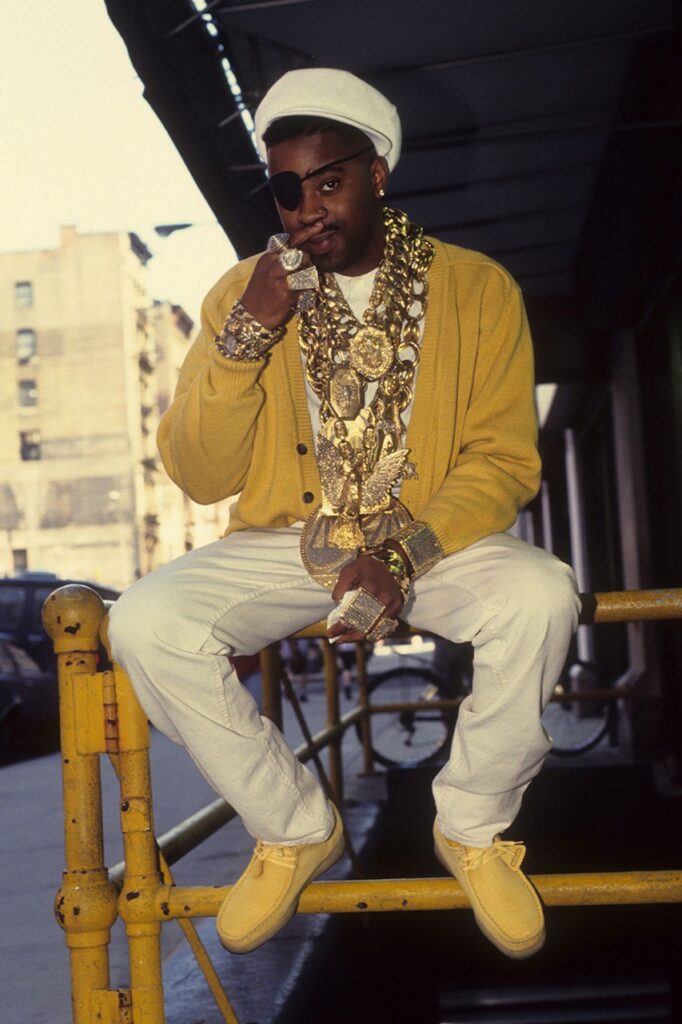The Clark's spark started in Jamaica by 'rudeboys' in the 1980s, a look imported by the Bronx-based Jamaican BBoys, that naturally became adopted by hip-hop and street culture. Today the infamous Clarks Wallabees are a streetwear staple, with the fire continually stoked through collaborations with Supreme, BAPE, Carhartt WIP, BEAMS +++. Check out the article below by Hypebeast and Tara McRae below ????????
https://hypebeast.com/2022/2/clarks-originals-hip-hop-history-wallabee-wu-tang-clan-feature
Insight:
Our youth research regularly sees the Wallabee silhouette as a school and college favourite in inner-city areas, yet the desire for Clarks Wallabees isn't there. This is an interesting phenomenon that's quite common. Frequently, brands are appropriated by the streets, which fuels their 'cool' appeal and adoption by wider audiences and street culture-inspired scenes like streetwear. Brands then turn their marketing focus on streetwear which is more affluent and easier to decode customer segment, whilst struggling to continue to engage and understand the communities that initially gave meaning to them. The brand's streetwear communication efforts don't influence the street culture consumer as it's a very different consumer mindset. Over time, street trends fade, and brands steeped in street culture heritage eventually lose relevance and street-culture consumer desire. This might explain why kids in urban areas that seek Wallabees aren't prepared to pay the premium for Clarks, despite the Wallabee's being a past hip-hop legend and streetwear icon. Clarks have a huge opportunity to reinstate their street culture credibility, which is perfectly primed based on their authentic hip-hop legacy. Clarks could quickly drive mass street-cultural adoption if they turned their focus onto the street-culture-inspired youth consumer (65% of Gen-Z).
